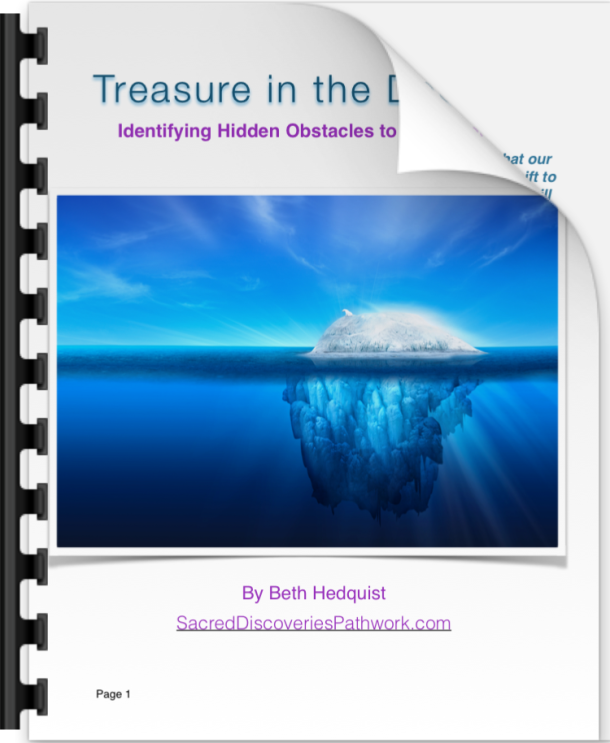The Basilica of St Francis of Assisi.
The suffering in this world can feel overwhelming at times.
Violence, cruelty, spite and indifference abound. Yet when we turn to spiritual teachings to comfort us in the face of suffering, it can be confusing.
I have long had difficulty with the Crucifix and the relationship Christianity has with suffering. From my perspective, admittedly clouded by misconceptions of God and religion, it seemed to glorify and romanticize suffering, and shame us for our denial of God/Christ. I have pretty much avoided crucifixes since I was a little girl growing up Catholic. And yet while on pilgrimage in Italy I found myself sitting in The Basilica of St Francis of Assisi, and it was the crucifix that captured my attention. There was Jesus, hanging on the cross and bleeding, and I found myself sitting there in that pew, immersed in a deep contemplation of suffering.
Sitting in that church the question for me was not “why is there evil”, but rather “How do I respond to it? How do I heal it? How do I ease the suffering in this world?” And the answer surprised me.
That still small voice reminded me that it is not my job to heal, fix or rescue the sufferer, to take away their pain, or even to prevent their suffering, but to support that person in finding their way to God through their suffering. It is the direct experience of God that profoundly heals, transforms, and dissolves suffering. Not me. That doesn’t mean God is punishing us, or that he “allows” suffering in order to teach us a lesson, or that I shouldn’t take any action to address the suffering in this world. It means both pain and joy are a reality in this world, and they are both gateways to experience God if we allow them.
You may have heard the expression that “pain is inevitable, but suffering is optional.” I believe suffering is a result of our resistance to fully experience the very real pain of this world. The consequence of our unconsciousness. The truth that we all have a shadow side that we would rather not acknowledge, much less take responsibility for.
It is a paradox that we cannot embrace the fullness of joy without fully feeling our pain, and we cannot fully feel pain without also feeling the depth of our joy. We may not always experience them at the same time, but it is the willingness to open our hearts to whatever arises, that opens up a gateway for us to experience the grace of God. When we turn away from the pain of this world, we suffer. And we cause suffering. When we close our hearts to pain, or close our hearts to receiving joy, we close our hearts to experiencing the one Great Mystery that transcends both joy and pain, good and evil, and yet somehow embraces them all.
So how CAN we respond? When our loved ones are suffering, our principal task is to hold them in compassion, love, and non-judgment, to forgive them when they fall, to witness and support them in opening fully to whatever is present, and to refrain from adding to their suffering. If action comes from that place, it will be rooted in love.
Henri J.M. Nouwen has written:
“Compassion asks us to go where it hurts, to enter into the places of pain, to share in brokenness, fear, confusion, and anguish. Compassion challenges us to cry out with those in misery, to mourn with those who are lonely, to weep with those in tears. Compassion requires us to be weak with the weak, vulnerable with the vulnerable, and powerless with the powerless. Compassion means full immersion in the condition of being human.”
When approached from that perspective, the crucifix is less a symbol of fire and brimstone, and more a call for us to respond with compassion to the realities of a dualistic world.
Today, my prayer in response to suffering echoes that of St. Francis:
“Lord, make me an instrument of thy peace.”



This is a beautiful exploration of compassion and the power of opening to the pain of others and ourselves, Beth. Thank you.
Thanks so much, Elaine! I’m glad you enjoyed it!